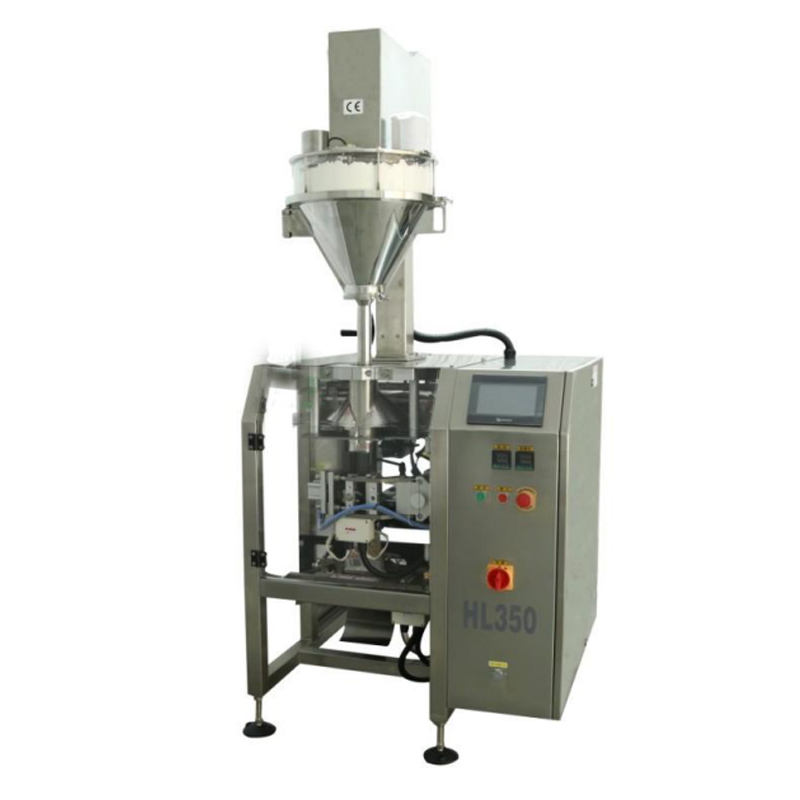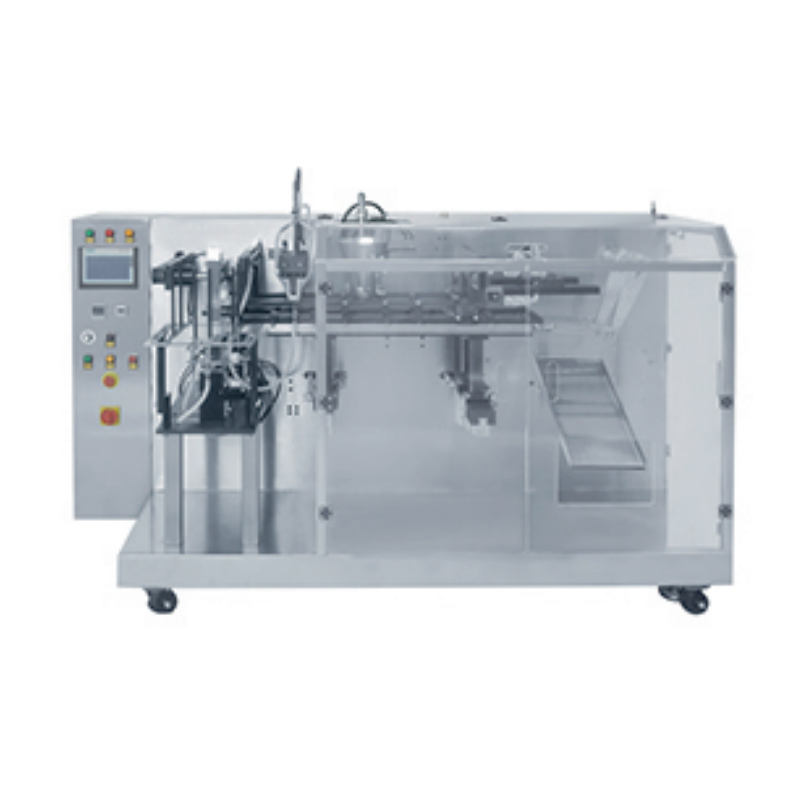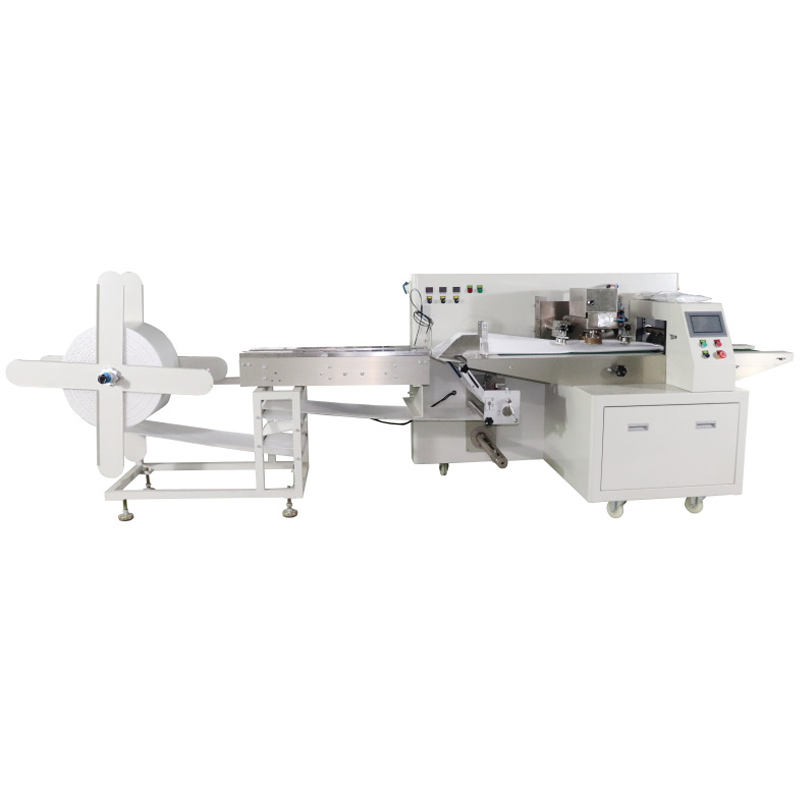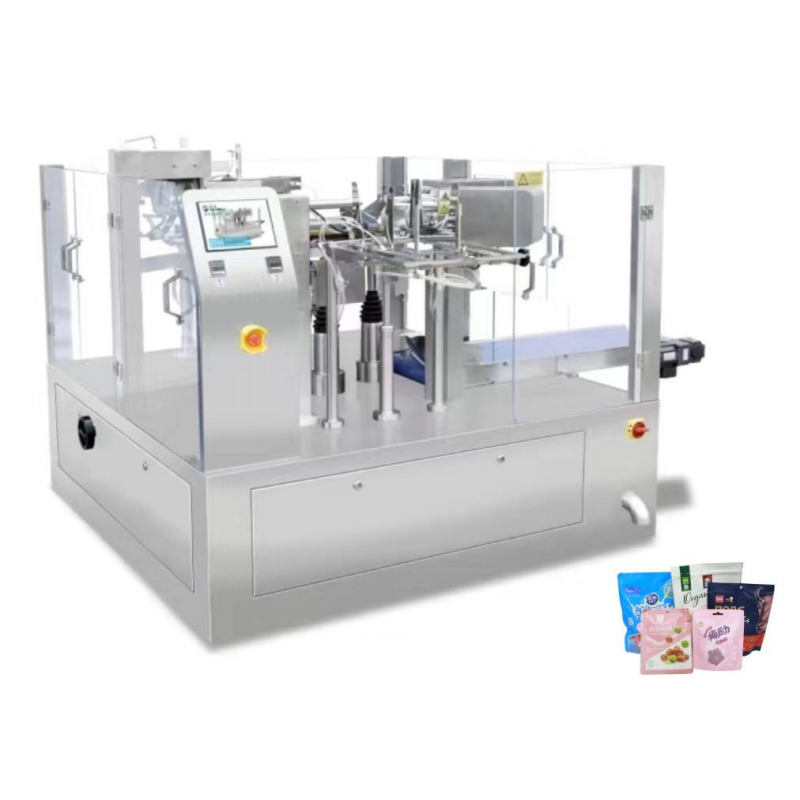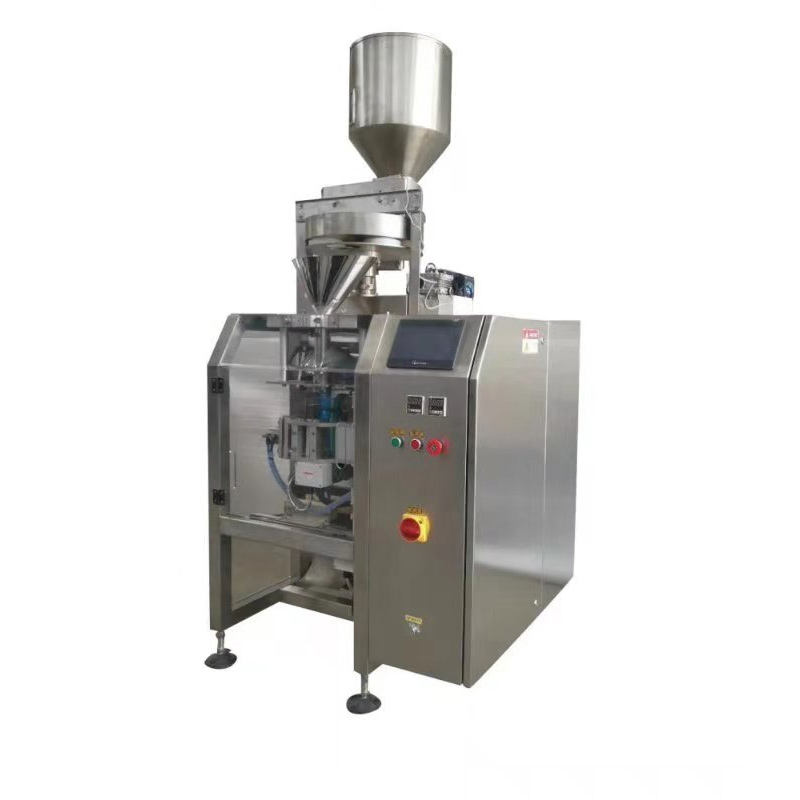Packaging machines are automated systems designed to handle the process of packing products efficiently and securely. These machines are essential in various industries, including food and beverage, pharmaceuticals, cosmetics, and consumer goods. They help in reducing labor costs, increasing production speed, and ensuring consistent packaging quality. From filling and sealing to labeling and wrapping, packaging machines cover a wide range of functions tailored to specific product needs.
Understanding the technical specifications of packaging machines is crucial for selecting the right equipment. Below is a detailed list and table outlining common parameters:
| Parameter | Description | Example Values |
|---|---|---|
| Machine Type | Category of the packaging machine | Automatic Filling Machine |
| Speed | Production output rate | 100 packages/minute |
| Power Supply | Electrical requirements | 110-240V AC, 50/60Hz |
| Material Handling | Compatible packaging materials | Plastic, Glass, Aluminum |
| Dimensions (LxWxH) | Physical size of the machine | 1500x800x1200 mm |
| Weight | Machine mass | 250 kg |
| Automation Level | Degree of automation | Fully Automatic |
| Safety Standards | Compliance and features | CE, ISO 9001, Emergency Stop |
Packaging machines come in various types, each suited for specific tasks. Common varieties include filling machines for liquids or powders, sealing machines for bags or containers, labeling machines for applying product information, and wrapping machines for bundling items. Advanced systems may integrate multiple functions, such as combination machines that fill, seal, and label in one continuous process. Choosing the right type depends on your product characteristics, production volume, and budget.
Implementing packaging machines in your operations offers numerous advantages. They enhance efficiency by automating repetitive tasks, reduce human error, and improve consistency in packaging quality. Additionally, these machines can handle high-speed production, leading to increased output and lower operational costs. They also contribute to better hygiene and safety in industries like food and pharmaceuticals, where contamination must be minimized.
What factors should I consider when choosing a packaging machine?
Consider your product type, production speed requirements, budget, available space, and desired level of automation. It's also important to evaluate the machine's compatibility with your packaging materials and any future scalability needs.
How do I maintain a packaging machine to ensure longevity?
Regular maintenance includes cleaning, lubricating moving parts, inspecting for wear and tear, and following the manufacturer's guidelines. Scheduled servicing by professionals can prevent breakdowns and extend the machine's lifespan.
Can packaging machines handle different product sizes?
Many modern packaging machines are adjustable and can be configured to handle various product sizes and shapes through change parts or programmable settings. However, it's essential to check the machine's specifications for flexibility limits.
Are packaging machines easy to operate?
Most packaging machines are designed with user-friendly interfaces, such as touchscreens and automated controls, making them relatively easy to operate after proper training. Manufacturers often provide manuals and support for setup and troubleshooting.
What is the typical lifespan of a packaging machine?
With proper maintenance, packaging machines can last 10-20 years or more, depending on usage intensity and environmental conditions. High-quality machines from reputable brands tend to have longer lifespans.
How do packaging machines impact production costs?
While the initial investment can be significant, packaging machines reduce labor costs, minimize material waste, and increase production efficiency, leading to lower overall costs per unit and a quick return on investment over time.
Can I integrate packaging machines with existing production lines?
Yes, many packaging machines are designed for integration into existing production lines. It's crucial to ensure compatibility in terms of conveyor systems, control interfaces, and spatial arrangements during the planning phase.
What safety features are common in packaging machines?
Common safety features include emergency stop buttons, protective guards, sensors to detect jams or malfunctions, and compliance with international safety standards like CE or UL to prevent accidents and ensure operator safety.
